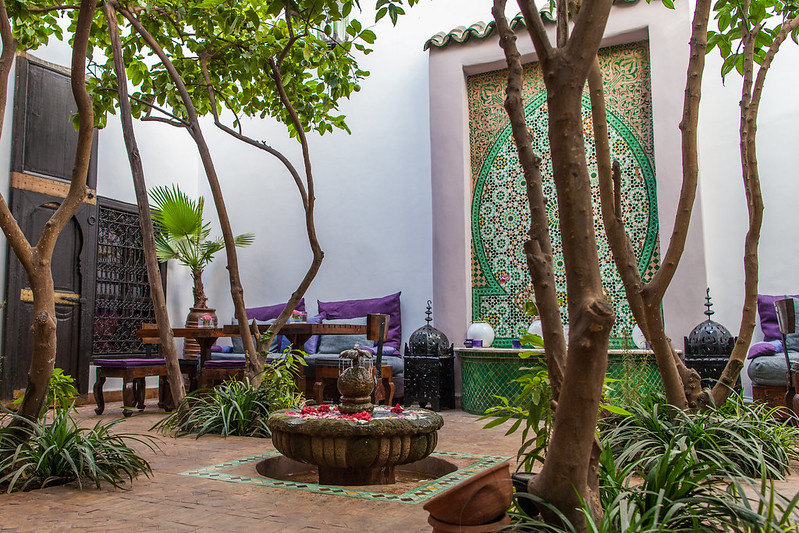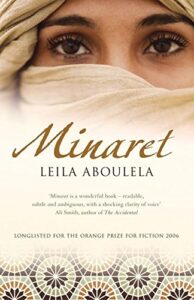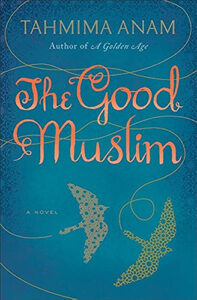
Riad Houdou in Marrakech, Morocco, June 17, 2013. Photo by Xavier Gillet. Image licensed under CC by 4.0.
World Day of Muslim Culture, Peace, Dialogue and Film is an annual observance held on March 11 all over the world, which has taken place for the past 13 years. This day was created in 2010 by Javed Mohammed, a writer and producer from California. The main aim of the celebration is to share and discuss Muslim culture to create a link and understanding across faiths and to promote a better knowledge of Muslim culture.
Muslims spread their culture, customs and traditions across the globe, from Eastern Asian to the Middle East and to the United States. They have common practices and traditions even if they live in different countries with different languages. Different cultural manifestations of Islam are presented to the world to show what it means to be a Muslim.
Books
Do you want to know more about Muslim culture? You can start with reading books by and about Muslims. The Emory Libraries group holds great resources about Muslim life and culture.
This second novel from the Sudanese author Leila Aboulela follows the journey of Najwa, a young woman who must flee her home in Sudan in the face of the Second Sudanese Civil War. After her father’s execution, she and her family are forced to flee to London and leave behind the life of affluence and comfort that she once knew. As she loses everything, she manages to find herself again through her faith.
The Girl in the Tangerine Scarf
The Girl in the Tangerine Scarf is a novel written by Mohja Kahf and published in 2006. The story chronicles Syrian immigrant Khadra Shamy, a young woman growing up in a devout, tightly knit Muslim family in 1970s Indiana, at the crossroads of bad polyester and Islamic dress codes. Along with her brother Eyad and her African American friends, Hakim and Hanifa, she bikes the Indianapolis streets exploring the fault lines between Muslim and American.
Nobel Prize winner Orhan Pamuk’s “My Name Is Red,” set amid the artistic splendor and religious intrigue of 16th-century Istanbul, is a fantastic story of love and murder propelled by the philosophical puzzle at its core.
Set in Bangladesh at a time when Islamic fundamentalism is on the rise, ”The Good Muslim” is an epic story about faith, family and the long shadow of war. Tahmima Anam, the prize-winning author of “A Golden Age,” offers a moving portrait of a sister and brother who struggle with the competing loyalties of love and belief as they cope with the lasting ravages of war and confront the deeply intimate roots of religious extremism.
Art and film
Art – and more specifically, visual and performing arts like music, drama, dance and film – can serve as important communication languages across space and time. People from different cultures and different times communicate via images and sounds. In Islamic societies, artists present their beliefs and faith by creating art works. Among all types of arts in Islamic societies, filmmaking has developed a lot. The film industry in the Islamic world provides a window into Islamic culture and brings broad insights to many facets of the Islamic religion.
Below, we’re going to show you some Muslim traditions and cultures through film. In the first part you’ll find the Muslim movies that were nominated for or won the Academy Award. Enjoy exploring these fabulously talented Muslim filmmakers and the dialogue that they present in order to better understand Muslims’ lives.
Moonlight – A look at three defining chapters in the life of Chiron, a young Black man growing up in Miami. His epic journey to manhood is guided by the kindness, support and love of the community that helps raise him.
A Separation – “A Separation” is a film in which every important character tries to live a good life within the boundaries of the same religion. That this leads them into disharmony and brings them up before a judge is because no list of rules can account for human feelings.
For Sama – An intimate and epic journey into the female experience of war. The story of Waad al-Kateab’s life through five years of the uprising in Aleppo, Syria as she falls in love, gets married and gives birth to Sama, all while conflict rises around her.
Last Men in Aleppo – Follows members of the volunteer group White Helmets, who offer aid to the wounded during the Syrian civil war.
Documentaries
Also, in our Avalon database, there are some wonderful documentaries related to Muslims and their traditions that can give you a better sense of Muslims. 
Food in the Muslim World – Asia is home to the world’s four major religions, Islam being one of them. United in their worship of Allah, in this program we learn of another way there are united: food, which embodies Islam. From the desserts of Iran to the biryani of India and Indonesia, we see a variety of Muslim cuisine throughout Asia.
Secret Life of Muslims: Hijab – Muslim-American women answer basic questions about the head covering (hijab).
Sufi Soul – For hundreds of millions of Sufi followers worldwide, music is at the heart of their tradition and a way of getting closer to God. Sufism has produced some of the world’s most spectacular music celebrated by Muslims and non-Muslims alike.
Hajj – For Muslims everywhere, the ultimate goal is to make the Hajj at least once during their lifetime. This spiritual journey is the basic premise of an entire religion and sees impoverished African Muslims mixing with their incredibly wealthy Western counterparts. This documentary follows some of the 20,000 Britons who make the journey to Mecca.
—by Neda Zeraatkar, Middle East and Islamic studies librarian



I just wanted to say thank you Emory university and the author of this post, for writing this post and building on the theme and spirit of World Day of Muslim Culture, Peace, Dialogue and Film. If you want to see the actual paper I wrote about Muslim Cinema, and a list of over 200 films you can check out, go to https://muslimouttakes.wordpress.com/2023/03/07/muslim-cinema-and-world-day-of-muslim-culture-peace-dialogue-and-film-is-march-11/